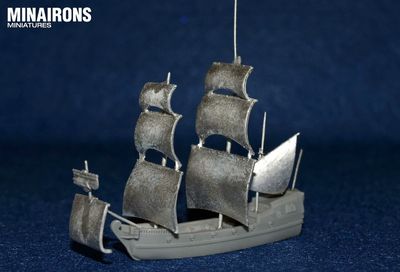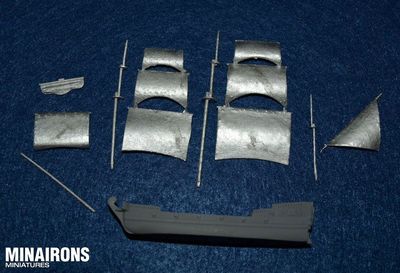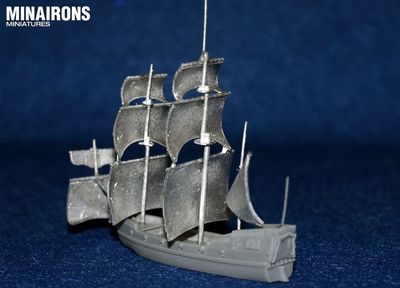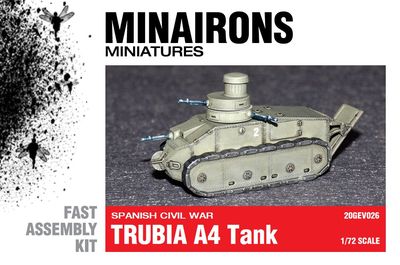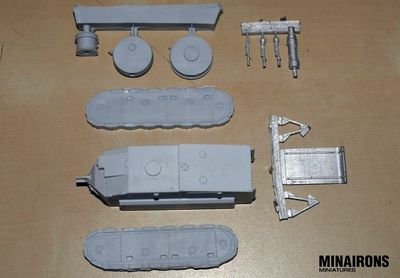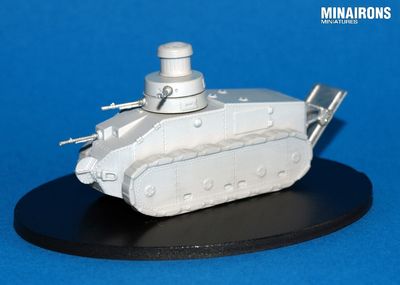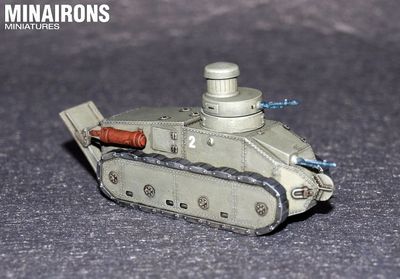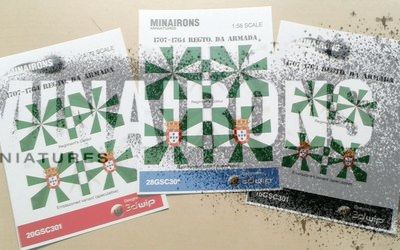Our small Age of Sail ships range keeps growing steadily; this in pictures is our upcoming release: a mid-17th century frigate, a boat design laying mid way between 16th century 'fast galleons' and 18th century proper frigates --or so it seems to me, at least. Swift and maneuverable, this is the kind of ship one would choose for naval scouting or privateering.
Model itself consists of 10 parts in total, with a hull resin and white metal rigging. Ultimate model kit is to be sold in box along with an appropriate flag sheet.
The assembled sample model you can watch in pictures has been slightly modified by adding two pieces of wire for flagstaffs - one at stern, the other on mainmast.

